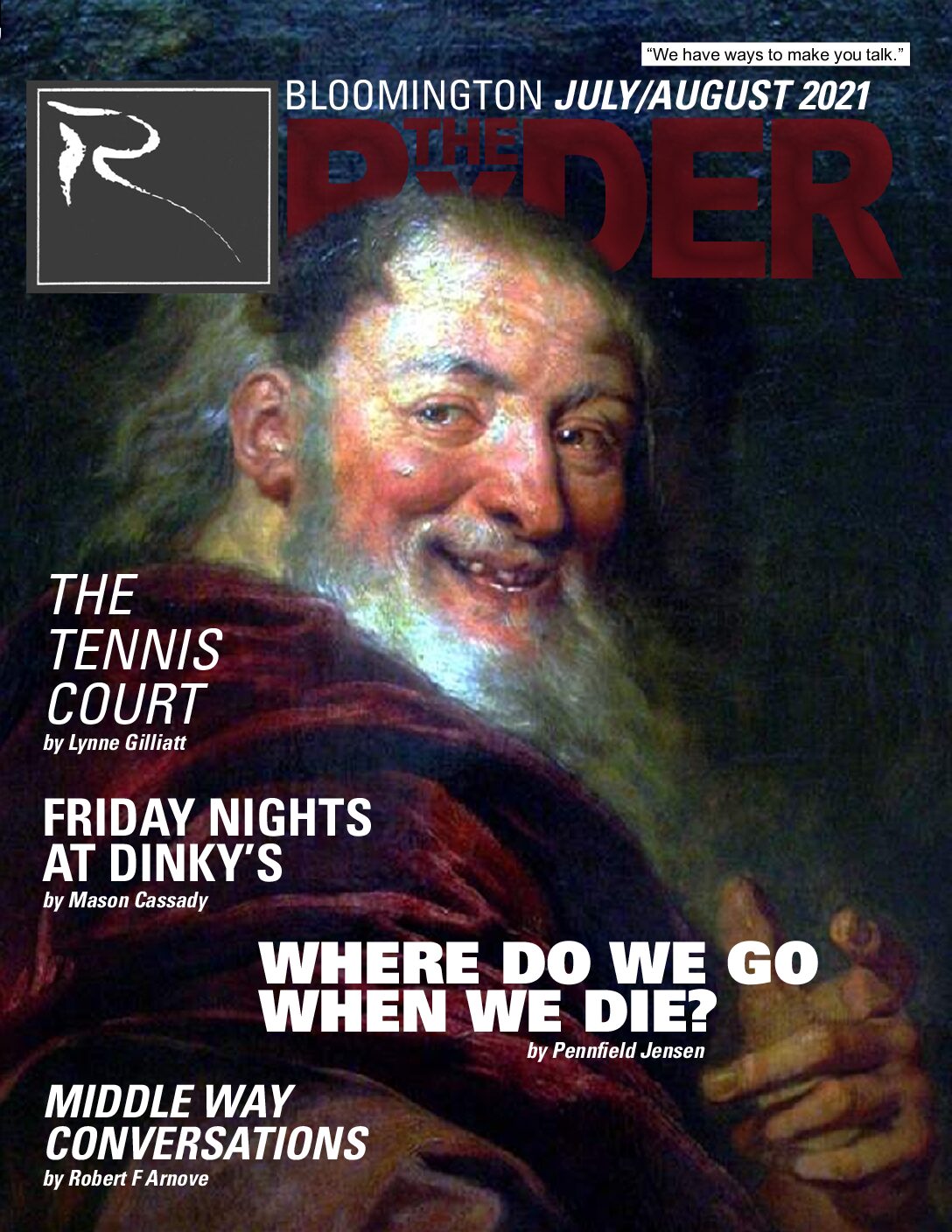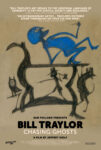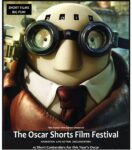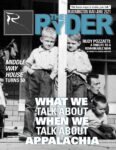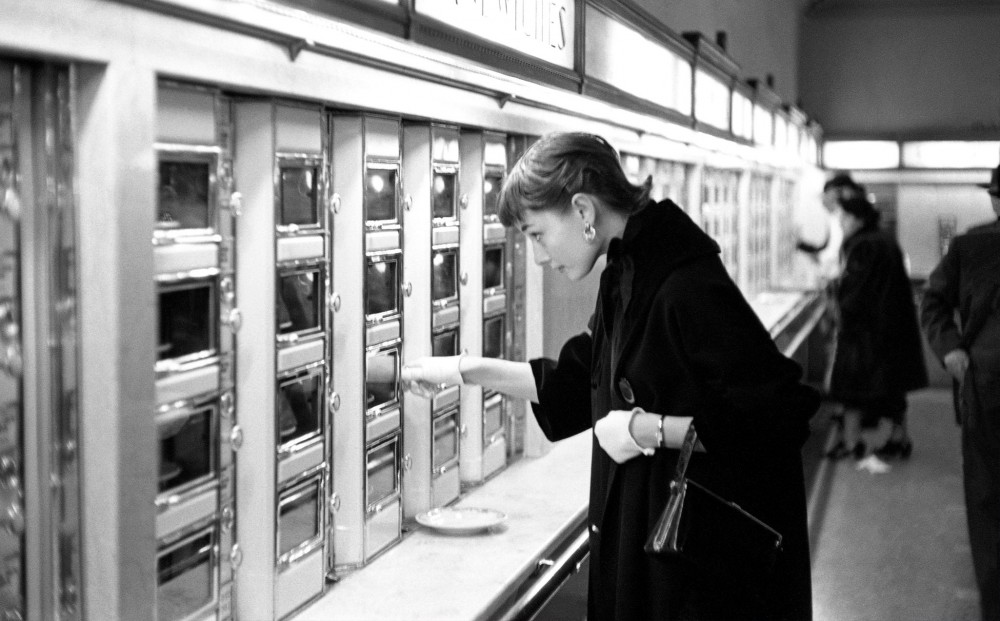You can watch The Oscar Shorts right here, right now!
The Oscar Shorts offer a vision of what the Academy Awards should and could be but very rarely are: eclectic, cosmopolitan, scrappy and surprising.
-A.O. Scott, The New York Times
One of the most entertaining categories at the Academy Awards — and one of the least heralded — is for the Best Short Subject. We are featuring the nominees for Best Short Animated, Live-Action and Documentary Film. Below are brief descriptions of each nominee.
The Oscar Shorts open on Friday, April 2nd and will stay on our calendar through April 30th. This is your chance to see all 15 nominated films before the awards ceremony on April 25th.
Tickets: Each program is $12. You can bundle all three into one package for $30. As with all of the films we have been screening for the past year in our virtual theater, 50% of the proceeds will eventually make their way back to us and help keep us going during the pandemic.
All films are unrated; the ratings included here are, basically, our best guess for what they would be rated. You know your kids better than we do. That said, parents should feel free to email us (editor@theryder.com) with questions about the appropriateness of films for younger viewers and children should feel free to email us if they feel their parents have become hopelessly out of touch with the contemporary world.
You will find a link right here on April 2nd to begin watching the Oscar Shorts.
ANIMATED SHORT FILMS, approximately 92 minutesNinety-six films qualified for Best Animated Short. This category includes the five nominees along with three bonus films that were shortlisted for a nomination, but came up short. (Rated PG-13)
BURROW, Madeline Sharafian and Michael Capbarat, USA, 6 minutes.
A young rabbit tries to build the burrow of her dreams, becoming embarrassed each time she accidentally digs into a neighbor’s home.
GENIUS LOCI, Adrien Merigeau and Amaury Ovise, France, 16 minutes.
One night, Reine, a young loner, sees among the urban chaos a moving oneness that seems alive, like some sort of guide. (This film features adult language.)
IF ANYTHING HAPPENS I LOVE YOU, Will McCormack and Michael Govier, USA, 12 minutes.
Grieving parents struggle with the loss of their daughter after a school shooting. An elegy on grief. (Might not be suitable for children 12 and under)
OPERA, Erick Oh, South Korea/USA, 9 minutes.A stunning, multi-layered pyramidal tour portrait of the cycles, foibles, and wonder of humanity, filled with beauty and absurdity.
YES-PEOPLE, Gisli Darri Halldorsson and Arnar Gunnarson, Iceland, 8 minutes.
One morning an eclectic mix of people face the everyday battle, such as work, school and dish-washing. As the day progresses, their relationships are tested and ultimately their capacity to cope.
Bonus Films:
THE SNAIL AND THE WHALE, Max Lang and Daniel Snaddon UK/Germany, 26 minutes.
The heartwarming story of a snail who lives on a rock and wants to see the world so gets a lift from a huge humpback whale. Based on the picture book written by the creators of the lovable Gruffalo, Julia Donaldson and illustrator Axel Scheffler. Character voices are lovingly provided by stars Diana Riggs, Sally Hawkins, David Cumming and Rob Brydon.
KAPAEMAHU, Dean Hamer and Joe Wilson, USA, 7 minutes.
Long ago, four extraordinary individuals of dual male and female spirit brought the healing arts from Tahiti to Hawaii. Beloved by the people for their gentle ways and miraculous cures, they imbued four giant boulders with their powers. The stones still stand on what is now Waikiki Beach, but the true story behind them has been hidden – until now. Narrated in an ancient Hawaiian dialect, Kapaemahu brings this powerful legend back to life in vivid animation, seen through the eyes of a curious child.
TO: GERARD, Taylor Meacham, USA, 8 minutes.
A sprightly elderly man, through a little magic, gives a child the ability to dream of possibilities. First shown at the Annecy International Animated Film Festival in France, the retro feel of this story is perfectly set by the French influenced, European styles of animation.
LIVE ACTION SHORT FILMS, approximately 124 minutes
One hundred seventy-four films qualified in the category, these are the nominees. (Rated R, Adult Themes and Language)
FEELING THROUGH, Dough Roland and Susan Ruzenski, 19 minutes.
A late-night encounter on a New York City street leads to a profound connection between a teen in need and a man who is DeafBlind.
THE LETTER ROOM, Elvira Lind and Sofia Sondervan, 30 minutes.
When a corrections officer is transferred to the letter room, he soon finds himself enmeshed in a prisoner’s deeply private life.
THE PRESENT, Farah Nabulsi, 25 minutes.
On his wedding anniversary, Yusef and his young daughter set out in the West Bank to buy his wife a gift. Between soldiers, segregated roads and checkpoints, how easy would it be to go shopping?
TWO DISTANT STRANGERS, Travon Free and Martin Desmond Roe, 29 minutes.
Cartoonist Carter James’ repeated attempts to get home to his dog are thwarted by a recurring deadly encounter that forces him to relive the same awful day over.
WHITE EYE, Tomer Shushan and Shira Hohcman, 21 minutes.
A man finds his stolen bicycle, which now belongs to a stranger. While attempting to retrieve it, he struggles to remain human.
DOCUMENTARY SHORT FILMS, approximately 135 minutesOne hundred fourteen films qualified in the category, these are the nominees. (Rated R
A CONCERTO IS A CONVERSATION, Ben Proudfoot and Kris Bowers, 13 minutes.
A virtuoso jazz pianist and film composer tracks his family’s lineage through his 91-year-old grandfather from Jim Crow Florida to the Walt Disney Concert Hall.
A LOVE SONG FOR LATASHA, Sophia Nahli Allison and Janice Duncan, 19 minutes.
An evocative exploreation of 15-year-old Latasha Harlin’s life and dreams. subsequent to her death in 1992.
COLETTE, Anthony Giacchino and Alice Doyard, 25 minutes.
Former French Resistance member Colette Marin-Catherine refused to step foot in Germany for 74 years. This changes when a young history student named Lucie enters her life and convinces her to visit the concentration camp where the Nazis killed her brother.
DO NOT SPLIT, Anders Hammer and Charlotte Cook, 35 minutes.
In 2019 a proposed bill allowing the Chinese government to extradite criminal suspects to mainland China escalated protests throughout Hong Kong. DO NOT SPLIT captures the determination and sacrifices of the protesters, the government’s backlash, and the passage of the new Beijing-backed national security law.
HUNGER WARD, Skye Fitzgerald and Michael Scheuerman, 40 minutes.
Filmed from inside two of the most active therapeutic feeding centers in Yemen, HUNGER WARD documents two female health care workers fighting to thwart the spread of starvation against the backdrop of a forgotten war. The film provides an unflinching portrait of Dr. Aida Alsadeeq and Nurse Mekkia Mahdi as they try to save the lives of hunger-stricken children within a population on the brink of famine.



